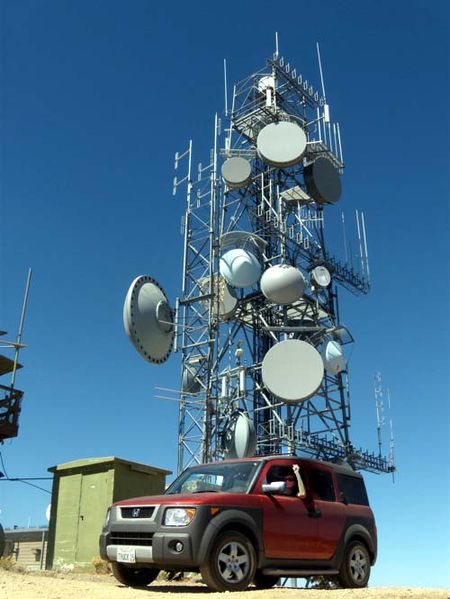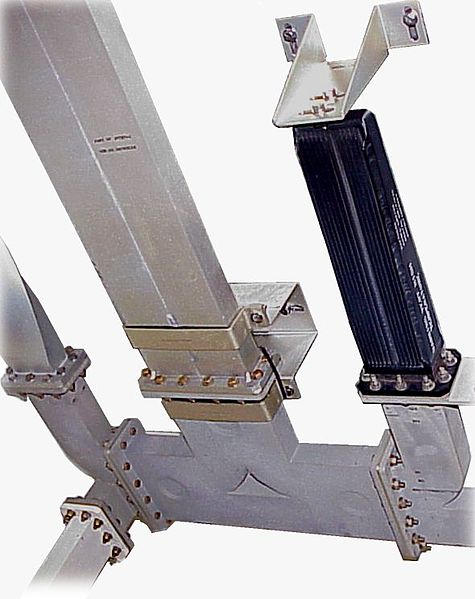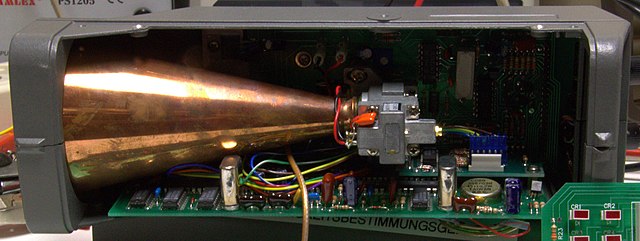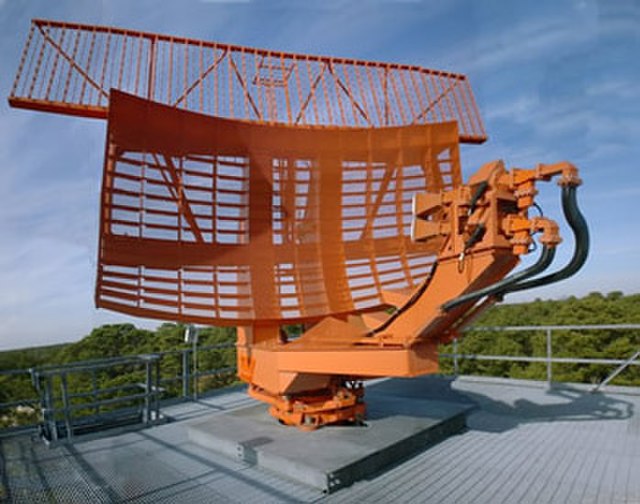Space-based solar power is the concept of collecting solar power in outer space with solar power satellites (SPS) and distributing it to Earth. Its advantages include a higher collection of energy due to the lack of reflection and absorption by the atmosphere, the possibility of very little night, and a better ability to orient to face the Sun. Space-based solar power systems convert sunlight to some other form of energy which can be transmitted through the atmosphere to receivers on the Earth's surface.
NASA Integrated Symmetrical Concentrator SPS concept
Artist's concept of a solar power satellite in place. Shown is the assembly of a microwave transmission antenna. The solar power satellite was to be located in a geosynchronous orbit, 35,786 kilometres (22,236 mi) above the Earth's surface. NASA 1976
SERT Integrated Symmetrical Concentrator SPS concept.NASA
Artist's concept of a solar disk on top of a LEO to GEO electrically powered space tug.
Microwave is a form of electromagnetic radiation with wavelengths shorter than other radio waves but longer than infrared waves. Its wavelength ranges from about one meter to one millimeter, corresponding to frequencies between 300 MHz and 300 GHz, broadly construed. A more common definition in radio-frequency engineering is the range between 1 and 100 GHz, or between 1 and 3000 GHz .
The prefix micro- in microwave is not meant to suggest a wavelength in the micrometer range; rather, it indicates that microwaves are small, compared to the radio waves used in prior radio technology.
A telecommunications tower with a variety of dish antennas for microwave relay links on Frazier Peak, Ventura County, California. The apertures of the dishes are covered by plastic sheets (radomes) to keep out moisture.
Waveguide is used to carry microwaves. Example of waveguides and a diplexer in an air traffic control radar
Disassembled radar speed gun. The grey assembly attached to the end of the copper-colored horn antenna is the Gunn diode which generates the microwaves.
The parabolic antenna (lower curved surface) of an ASR-9 airport surveillance radar which radiates a narrow vertical fan-shaped beam of 2.7–2.9 GHz (S band) microwaves to locate aircraft in the airspace surrounding an airport.







